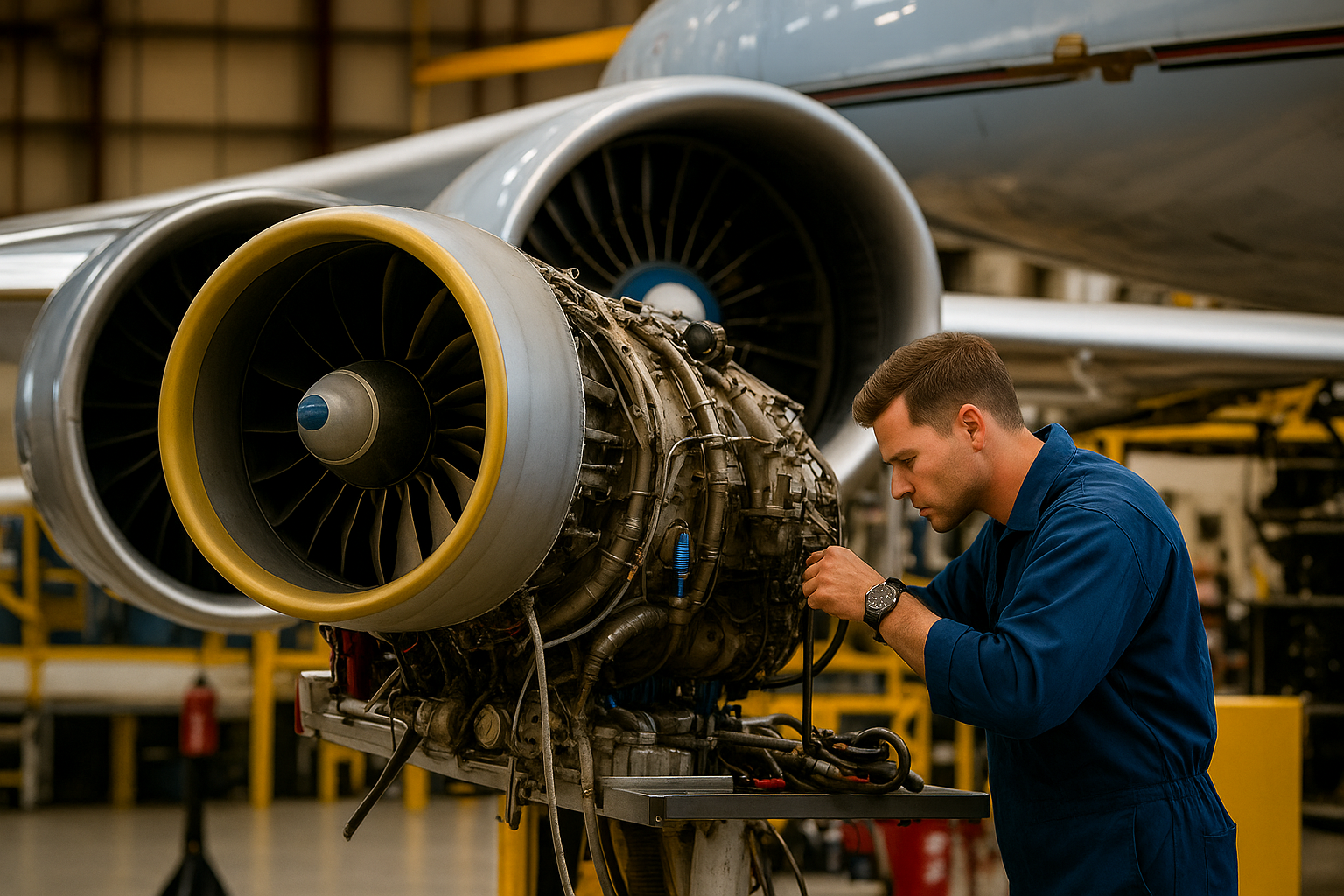The ARINC industry is entering an era where connectivity is no longer just an advantage but a necessity. Modern aircraft are designed to exchange data continuously, not only between onboard systems but also with ground operations and external networks. This shift has created the need for advanced communication standards that can handle complex and time-sensitive data flows with precision.
Connectivity is at the heart of next-generation aircraft. From digital cockpits that display real-time flight information to predictive maintenance systems that rely on constant data monitoring, the demand for seamless information sharing continues to grow. Passengers too expect reliable in-flight services, further adding to the need for high-speed and secure communication networks.
In this evolving environment, ARINC 830 plays a central role. It provides a common framework that allows multiple avionics systems to communicate effectively. By enabling smooth data exchange, ARINC 830 helps aircraft manufacturers, airlines, and operators build platforms that are more integrated, more efficient, and ready for the future of aviation.

The Shift Toward Next-Generation Aircraft Connectivity
Traditional aircraft systems were often built as isolated units. Each performed its function independently, which made integration across systems complex and limited the overall efficiency of the aircraft.
The rise of digital technology has changed this landscape. Today’s aircraft demand interconnected platforms where navigation, communication, engine monitoring, flight management, and passenger services share information in real time. This integration not only enhances operational safety but also reduces costs associated with maintenance and downtime.
Ground-to-air connectivity has also become a defining feature of next-generation aviation. Airlines rely on live aircraft data to make informed decisions on scheduling, fuel optimization, and predictive maintenance. ARINC 830 supports this transition by offering the reliability and consistency required for such advanced applications.

ARINC 830 as a Foundation for Modern Connectivity
ARINC 830 serves as a bridge that connects different avionics systems under a unified communication standard. This ensures that data is not lost or misinterpreted during transfer, which is critical for mission safety and efficiency.
One of its strongest advantages is consistency. By standardizing the way data is exchanged, ARINC 830 reduces the challenges of integrating systems from multiple suppliers. It also makes it easier to incorporate new technologies into existing aircraft without requiring complete redesigns.
This flexibility allows aircraft manufacturers and operators to adopt next-generation solutions while maintaining compatibility with legacy systems, ensuring a smooth path toward modernization.
Key Contributions of ARINC 830 in Next-Gen Connectivity
Seamless Data Sharing
ARINC 830 enables continuous, real-time communication between avionics platforms, ensuring that vital information such as flight navigation details, engine performance metrics, and weather updates is always accessible to both pilots and ground control. This uninterrupted flow of accurate data not only enhances situational awareness but also supports faster, more informed decision-making, directly contributing to safer and more efficient flight operations.
Scalability Across Platforms
The standard is built with scalability in mind, allowing it to function seamlessly across multiple generations of aircraft technology. As aviation systems evolve, ARINC 830 provides a foundation that accommodates upgrades and modernization without disrupting existing operations. This adaptability gives manufacturers and airlines the flexibility to meet new regulatory, operational, and technological requirements while extending the lifespan and value of their avionics systems.
Multi-Vendor Integration
In today’s aviation industry, aircraft are equipped with a wide range of systems developed by different manufacturers. ARINC 830 establishes a common framework that ensures these diverse systems can communicate and operate together effectively. By reducing compatibility issues and streamlining the integration process, it helps airlines and manufacturers minimize costs, shorten deployment timelines, and achieve smoother interoperability across the avionics ecosystem.
Enhanced Reliability and Safety
Reliability is critical in aviation, where even small communication errors can have significant consequences. ARINC 830 ensures consistent, error-free communication across avionics systems, reducing the likelihood of data loss or misinterpretation. This dependability strengthens operational safety, giving pilots and ground teams confidence in the information they rely on to make critical decisions, ultimately safeguarding both crew and passengers.

Practical Applications in Next-Generation Aircraft
ARINC 830 enables digital cockpits where integrated flight displays provide pilots with a complete picture of the aircraft’s performance and environment. This reduces workload and improves situational awareness during flight.
It also supports connected ground-to-air systems that transmit aircraft health data directly to maintenance teams. This capability allows airlines to perform predictive maintenance, reducing downtime and ensuring better fleet availability.
In defense aviation, ARINC 830 plays a role in integrating mission-critical communication systems, ensuring that advanced military aircraft can operate with secure and synchronized data exchange.

Conclusion
Next-generation aircraft depend on robust and reliable connectivity to operate safely, efficiently, and with minimal downtime. ARINC 830 provides the foundation for this connectivity by enabling seamless communication across multiple avionics platforms, regardless of vendor or system design.
By ensuring consistent data exchange, simplifying integration between diverse systems, and offering flexibility for future upgrades, ARINC 830 has become a vital standard for modern aviation. It helps airlines reduce complexity and costs while ensuring long-term compatibility as new technologies emerge.
More than just addressing today’s operational needs, ARINC 830 lays the groundwork for the fully connected aircraft of the future one where interoperability, efficiency, and adaptability drive both safety and innovation.






